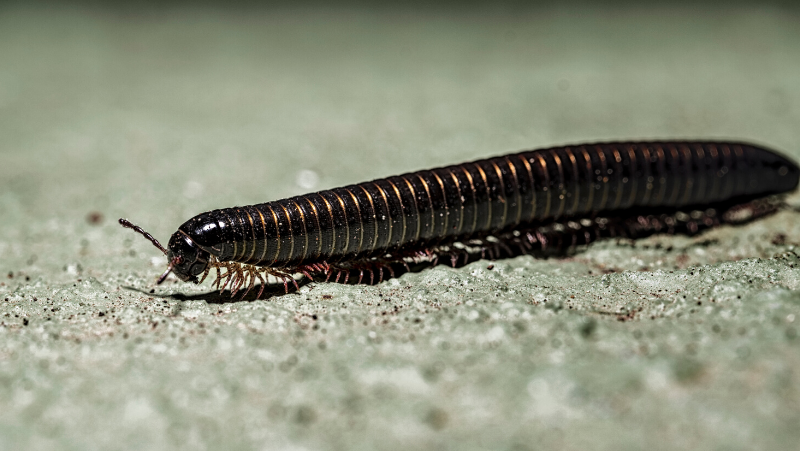Yates Account
Join now
Create a Yates account today!
Sign up to join the Yates Garden Club for monthly e-mails packed with seasonal inspiration, tips for success & exclusive promotions.
Plus if you’re a Garden Club member you can take part in the Yates Growing Community - a blog to share successes, get advice & win prizes in fun challenges along the way!

Forgot password
Enter the email address associated with your account, and we'll email you a new password.
Diplopoda

What are Millipedes and how to get rid of them
Millipedes are small, long and cylindrical, generally 20-45mm long. Millipedes have a heavily segmented body with 2 pairs of legs per body segment and a short pair of antennae on the head. While the direct translation of ‘Milli’ ‘pede’ is ‘thousand’ ‘legs’, the highest record for legs found on a millipede is only 750.
Most millipedes are beneficial in the garden, they help improve the soil by feeding on organic matter, however, some turn to feeding on plants. Millipedes are mostly solitary, however, some develop and congregate into large swarms, such as the introduced species ‘Portuguese Millipede’, making them a real nuisance in the garden and in homes.
Portuguese Millipedes are easily identified by their smooth, black and shiny body. As a defence behaviour, Portuguese Millipedes coil themselves into a tight and uniform ball to protect their vulnerable underside. Many millipede species secrete foul smelling and sometimes irritating chemicals to deter predators. These secretions can also damage items of the home, especially fabrics and carpets.
Portuguese Millipedes are usually active during Spring and Autumn and are most prevalent after drought-breaking rains. Millipedes are mostly nocturnal and are often attracted to home and garden lighting.
Lifecycle:
Females lays large numbers of eggs into moist soil. Eggs hatch into juveniles which are similar to adults, only smaller and with less segments. Unlike most native millipede species, ‘Portuguese Millipedes’ can develop into plague proportions.
Habitat:
Moist areas with plenty of dead organic material, mosses, lichens, and fungi used for food and shelter. Most native species live in forests, however, Portuguese Millipedes are common in home gardens.
Natural enemies:
Beetles, scorpions, spiders, nematodes, some fly species.
Best Treatment for Millipedes
Physical/Cultural control:
- Keep strawberries in tall straight pots and wrap the sides of the pot in a smooth and slippery surface such as vinyl, to protect fruits from being eaten.
- If millipedes develop in plague proportions, avoid applying organic material such as compost and mulch until they have been adequately controlled.
- Keep soil in garden beds moist to prevent shift in millipedes feeding on dead organic matter to living plant material.
- Once crops have finished, turn over the soil and leave exposed for birds and skinks to feed on eggs and juveniles.
- Control millipede infestations early-on to prevent populations from getting out of control.
Symptoms of Millipede damage
- Irregular holes in soft leaves such as seedlings, melons and tomatoes.
- Early seedling death due to chewed roots.
- Holes in soft fruits, especially strawberries.
What Plants are Impacted by Millipedes
- Strawberries
- Melons
- Tomatoes
- Potatoes
- Onions
Parts of the plant impacted:
- Soft Leaves in contact with the ground
- Young Roots
- Seeds
- Seedlings
- Soft fruits
How to prevent Millipedes Appearing
- Remove lawn thatch to reduce food source.
- Avoid using outdoor lighting as this attracts millipedes and other night-dwelling pests into the garden and home.
- Seal gaps around the house to reduce possible entrance sights for millipedes and other home pests.
- Create a vertical physical barrier underneath and near doorways using a smooth and slippery surface such as vinyl, this will prevent millipedes from entering the house.













Share
Share this article on social media